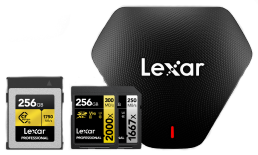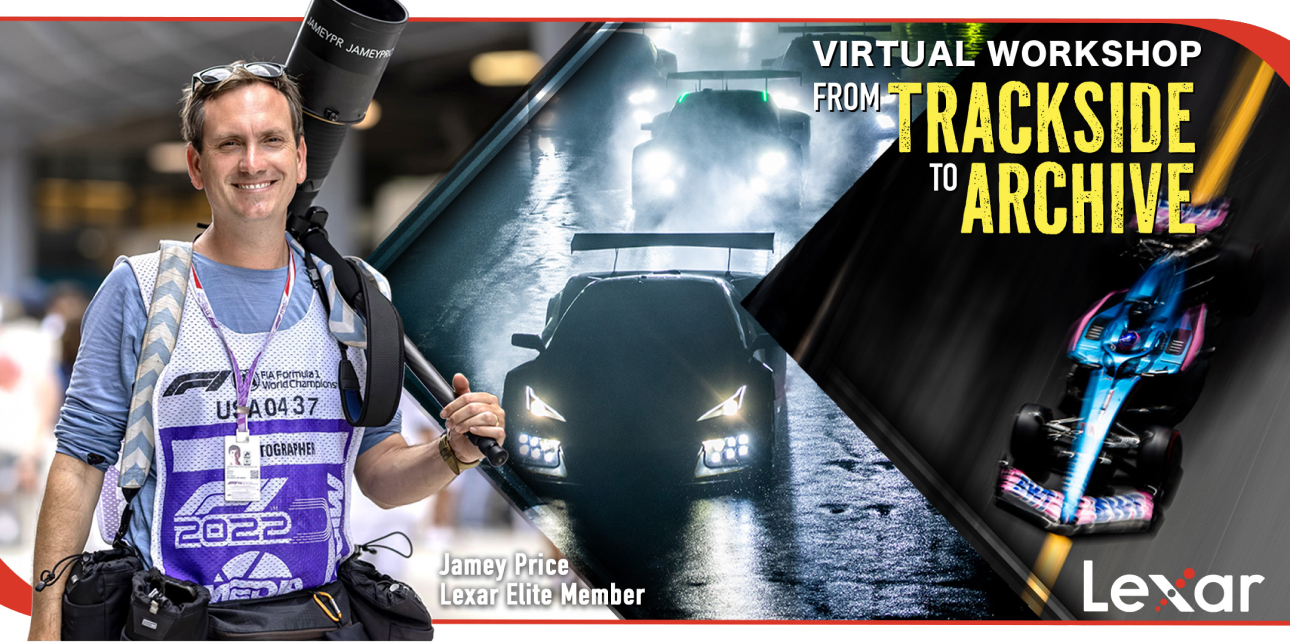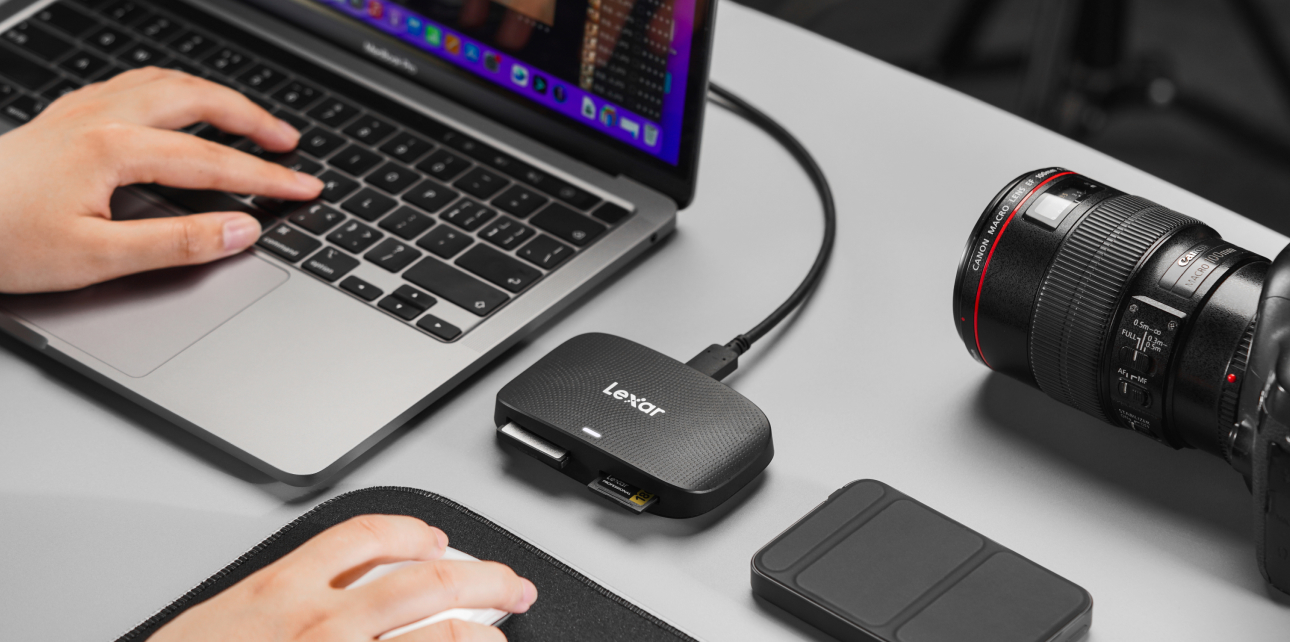
A well-structured post-production workflow is essential for filmmakers, video editors, and content creators. From importing footage to final export, having an efficient post-production process helps eliminate bottlenecks, speed up editing, and maintain high-quality standards.
Lexar high-performance storage solutions provide the speed, reliability, and efficiency needed for seamless video post-production. Whether you’re working with 4K, 6K, or 8K video files, having the right workflow ensures faster editing, smoother playback, and quicker exports.
This guide will cover the essential steps in an optimized post-production workflow, key storage solutions, and best practices for maximizing efficiency.
Why an Optimized Post-Production Workflow Matters
A disorganized editing workflow can cause delays, loss of data, and inefficient editing. Without the right workflow setup, video professionals may experience:
✔ Slow file transfers and lagging playback : Wasting valuable editing time.
✔ Disorganized project files : Making it harder to find footage, audio, and assets.
✔ Storage limitations : Large video files consuming space and reducing performance.
✔ Rendering and exporting issues : Slowing down project completion.
With an optimized post-production workflow, editors can eliminate inefficiencies and focus on creativity.
Key Stages of a Professional Post-Production Workflow
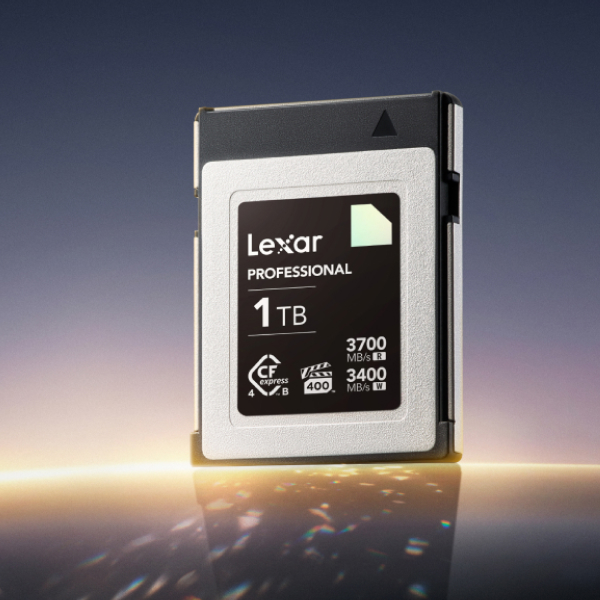
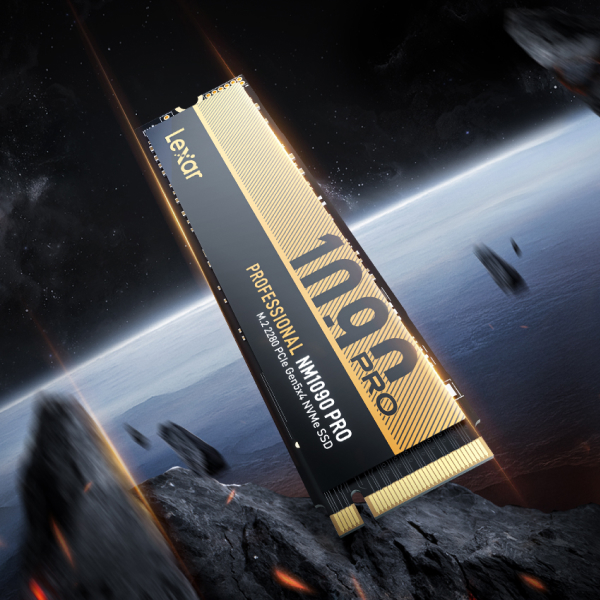
A structured post-production process ensures that video editing, color grading, sound design, and exporting are smooth and efficient. When Lexar high-performance storage solutions are used throughout each step in the video post-production workflow, the process is optimized to ensure speed, efficiency, and reliability.
1. Ingesting and Organizing Footage
✔ Use Lexar Professional CFexpress or SD cards for quick data transfer from cameras.
✔ Import footage to high-speed NVMe SSDs for instant access and better organization.
✔ Use metadata tagging and structured folders for efficient file management.
2. Creating Proxy Files for Faster Editing
✔ Convert high-resolution 4K/8K files into lower-resolution proxies for real-time editing.
✔ Store proxy files separately from RAW footage to optimize disk space.
✔ Use Lexar NVMe SSDs for real-time playback without lag.
3. Editing and Post-Processing
✔ Edit directly from high-speed SSDs to avoid slow rendering times.
✔ Use Lexar Workflow Dock to connect multiple drives and memory cards simultaneously.
✔ Enable GPU acceleration for smooth playback and real-time effects processing.
4. Color Grading and Sound Design
✔ Use LUTs and color presets stored on SSDs for faster application.
✔ Keep audio files separate on an external drive for organization.
✔ Sync video and audio efficiently with Lexar’s high-speed drives.
5. Exporting and Archiving Final Projects
✔ Render final videos on external SSDs to reduce export times.
✔ Store completed projects in Lexar High-Capacity Storage solutions for long-term archiving.
✔ Use cloud-integrated backups for extra security and team collaboration.
Best Storage Solutions for an Efficient Post-Production Workflow


A seamless editing workflow requires fast, high-capacity storage to handle large video files, real-time editing, and quick file transfers. With Lexar’s storage solutions, video professionals can work efficiently, avoid delays, and future-proof their editing workflow.
1. High-Speed SSDs for Editing & Rendering
✔ Lexar NM790 NVMe SSD: Optimized for multi-layer video processing and motion graphics.
✔ Lexar NM1090 NVMe SSD: Delivers next-gen speeds for seamless editing of 4K/8K video and ultra-fast rendering.
2. Portable SSDs for On-Set Transfers
✔ Lexar ARMOR 700 Portable SSD: Rugged, high-speed storage built for extreme conditions and rapid file transfers on location.
✔ Lexar SL500 Portable SSD: Compact and reliable SSD designed for fast, secure data handling during mobile shoots.
How to Avoid Common Post-Production Workflow Mistakes
Even experienced editors make workflow mistakes that slow down production. Here’s how to avoid common pitfalls:
Mistake: Editing from a Slow External HDD
Solution: Upgrade to high-speed Lexar NVMe SSDs like the NM800 PRO for real-time playback, faster rendering, and smooth editing of high-resolution footage.
Mistake: Poor File Organization
Solution: Structure folders by date, project, and media type for better efficiency.
Mistake: Not Creating Backup Copies of RAW Footage
Solution: Follow the 3-2-1 backup rule: keep three total copies of your RAW files, store them on two different storage types, and keep one copy offsite or in the cloud for maximum protection.
Mistake: Editing Directly from an External Hard Drive
Solution: Transfer your working files to a Lexar SSD before editing. Portable HDDs can bottleneck your workflow. SSDs eliminate lag and improve export speeds.
By avoiding workflow bottlenecks, editors can focus on creativity and reduce production delays.
How to Optimize Collaboration in Post-Production Workflows
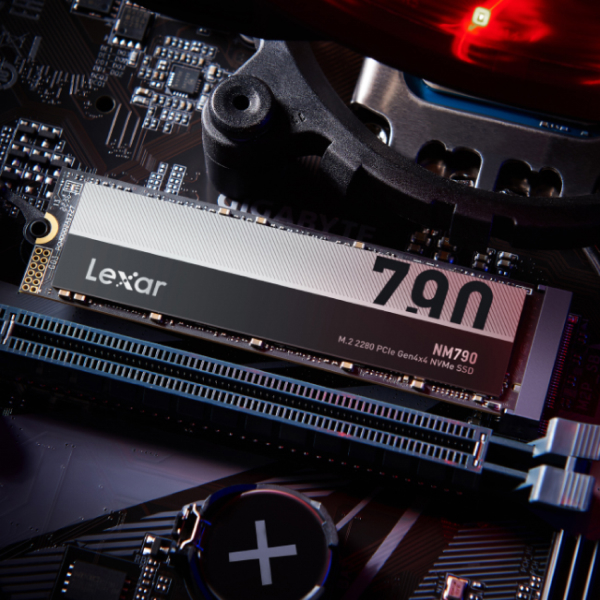

For video teams working on large-scale projects, an optimized collaborative workflow is essential. A collaborative workflow setup ensures that teams can work efficiently, no matter where they are located.
✔ Sync Files Between Devices Using Portable SSDs: Lexar NM790 NVMe SSD delivers ultra-fast transfers between editing workstations.
✔ Use NAS Storage for Team Access: Allows multiple editors to access footage simultaneously.
✔ Enable Cloud-Based Collaboration: Upload projects to cloud storage for remote editing and review.
✔ Utilize AI-Powered File Organization: Use metadata tagging and automated sorting for efficient asset management.
Future Trends in Post-Production Workflow Optimization
As video production technology evolves, the need for high-performance storage and workflow solutions continues to grow. By investing in Lexar’s cutting-edge storage solutions, creators can stay ahead of industry trends and enhance productivity.
✔ AI-Based Editing and Smart File Management : Automates sorting, tagging, and scene detection.
✔ PCIe Gen 5 NVMe SSDs : Next-generation speeds for ultra-fast video editing and effects processing.
✔ Cloud-Integrated Workflows : Syncing local storage with cloud platforms for remote collaboration.
✔ 8K and HDR Video Processing : Demands faster, more efficient storage solutions for smooth performance.
How to Improve Real-Time Editing Performance in Post-Production
Real-time video editing performance is crucial in a post-production workflow, especially when working with 4K, 6K, or 8K footage. To prevent lags and slowdowns, editors need high-speed storage and efficient processing setups.
✔ Use NVMe SSDs for Real-Time Editing : Lexar NM800 PRO NVMe SSD ensures faster load times and smooth playback.
✔ Enable GPU Acceleration in Editing Software : Uses hardware-accelerated decoding to speed up rendering.
✔ Reduce Playback Resolution in Editing Software : Helps prevent lag when handling high-resolution files.
✔ Store Cache Files on a High-Speed Drive : Using a dedicated scratch disk on a Lexar SSD improves performance.
By optimizing storage and software settings, editors can achieve seamless real-time playback and rendering speeds.
How to Set Up a Post-Production File Backup System
A proper file backup system ensures that important project files remain secure throughout the post-production process. A reliable backup system ensures that editors never lose crucial files or project progress. Losing footage due to a corrupted drive or accidental deletion can result in significant delays and lost work.
✔ Use Redundant Storage with RAID Configurations: Protects against drive failures and accidental data loss.
✔ Backup RAW Footage with Direct-Attached Storage: Utilize Lexar Professional Workflow solutions to quickly and securely back up high-resolution files, featuring scalable storage designed for post-production environments.
✔ Create Multiple Copies of Project Files: Store backups on external SSDs, cloud storage, and separate local drives.
✔ Automate Backup Routines : Set up scheduled backups to prevent data loss in case of system crashes.
How to Optimize Your Storage Setup for Faster Rendering and Exporting
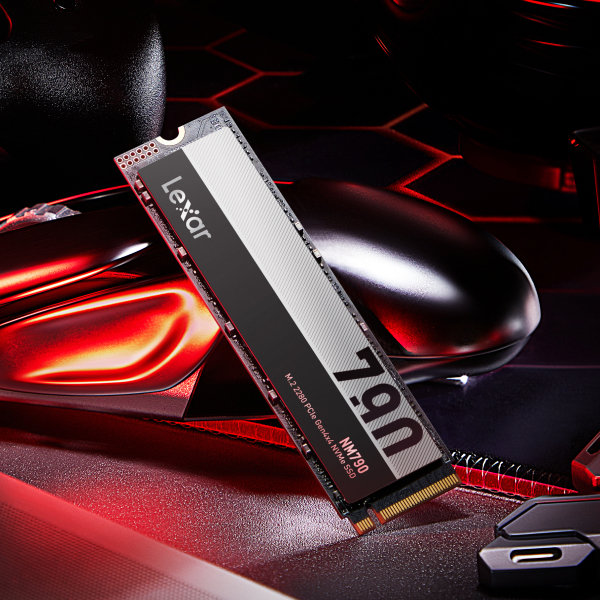
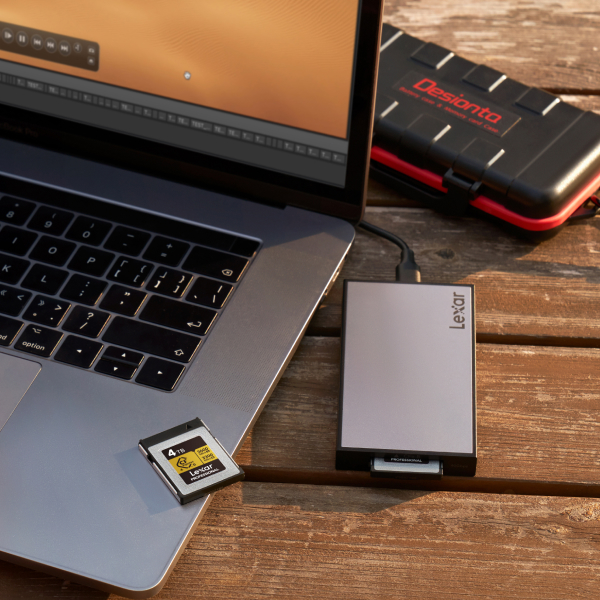
A slow rendering or exporting process adds delays to project delivery. Editors can speed up exports and minimize processing times with an optimized storage setup. By fine-tuning storage settings and using fast drives, editors can significantly reduce rendering and export times.
✔ Use a Separate Drive for Rendering and Exporting : Prevents bottlenecks by assigning different drives for editing and exports.
✔ Enable Multi-Core Processing in Software : Uses multiple CPU cores for faster encoding.
✔ Choose the Right Codec for Export: ProRes, DNxHR, or H.265 offer efficient compression without quality loss.
✔ Use an NVMe SSD as a Dedicated Export Drive : Lexar NM790 NVMe SSD enhances export speed and efficiency.
How to Organize Large-Scale Video Projects for Post-Production Efficiency
Large video projects require a structured organization system to ensure a smooth workflow, prevent delays, and provide easy access to assets. Without a proper system, editors waste time searching for files and managing cluttered projects.
✔ Create a Consistent Folder Structure: Organize files into RAW footage, audio, graphics, and exports.
✔ Use Metadata and File Tagging: Helps in quickly locating clips based on keywords or timestamps.
✔ Separate High-Resolution Files from Proxies: Prevents storage overload and speeds up access to active files.
✔ Use NAS Storage for Multi-User Access: Allows multiple team members to collaborate on large projects seamlessly.
How to Integrate AI-Assisted Editing Tools in Your Workflow
The rise of AI-powered editing tools has transformed post-production workflows, automating time-consuming tasks and enhancing efficiency. In fact, AI-driven tools can help editors save hours in post-production, making workflow more efficient and precise.
✔ Use AI-Based Scene Detection: Tools like Adobe Sensei automatically detect cuts and transitions.
✔ Automate Color Correction and Enhancement : AI-powered grading speeds up post-processing in DaVinci Resolve.
✔ Utilize AI-Generated Metadata for Asset Management: AI automatically tags and categorizes footage for quick searches.
✔ Improve Video Stabilization with AI: Enhances shaky footage without manual frame adjustments.
Lexar: The Ultimate Storage Solution for Post-Production Workflow
Lexar provides industry-leading workflow and storage solutions designed for filmmakers, editors, and content creators. With the right storage in place, your workflow gets faster, your edits get sharper, and your creative potential expands.
✔ High-speed NVMe SSDs for seamless video post-production.
✔ Portable SSDs for efficient data management and quick transfers.
✔ NAS storage for secure, long-term archiving of completed projects.
Upgrade your post-production workflow today with Lexar’s high-performance storage solutions!

